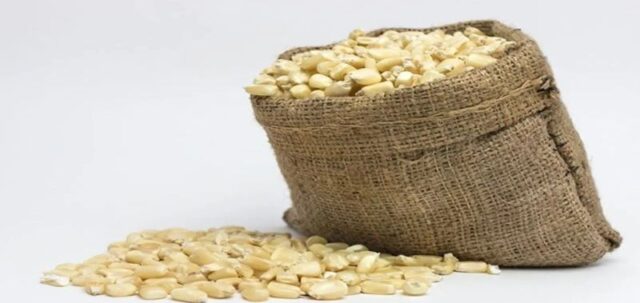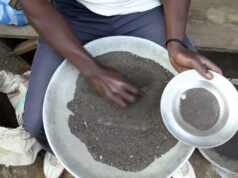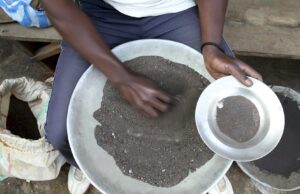
(3 Minutes Read)
A report by the Namibia Statistics Agency (NSA) revealed that Namibia’s agronomic imports valued at N$519.9 million heavily outweighed its exports which stood at a mere N$610,000, during the fourth quarter (Q4) of 2023. The NSA report highlighted that imports increased 45.2% during the quarter compared to N$358 million registered in the corresponding quarter of 2022.
Maize import surpasses the rest standing at N$344.4 million, followed by wheat at N$160.3 million and rice at N$7.2 million. The cereal grains imported during the quarter under review were mainly sourced from South Africa (70.7%), Latvia (28.4%) and India (0.4%),” states the report.
In the same vein, agronomy of N$610,002, which is also lower when compared to N$1.3 million recorded in the corresponding quarter of 2022, was exported with maize earning valued at N$603,007 accounting for a larger share. Under the same period, production of controlled agronomy stood at 18 929 tons, compared to 33,946 tons recorded in the same quarter of 2022, translating into a decline of 44.2%.
Wheat recorded the highest volumes of 17 847 tons (94.3%) of total agronomy production, although the overall production emanated from millet, white maize, and wheat that recorded declines of 90.2%, 89%, and 25.8%, respectively.
Meanwhile, Namibia exported N$3 billion worth of fish and crustaceans, molluscs, and other aquatic invertebrates during the fourth quarter of 2023, an increase when compared to N$2.6 billion recorded in the same period of 2022. Total landings of quota species of the period under review amounted to 87,456 metric tonnes, a decline of 40.9% when compared to 148,097 metric tonnes recorded in the corresponding quarter of 2022. According to the NSA Agriculture and Fisheries statistical indicator report, horse mackerel recorded the highest landings of 66 327 metric tonnes, followed by Hake with 18 385 metric tons, monk 2,059 metric tons, crab 601 tonnes, and tuna 84 tonnes.
Read Also:
https://trendsnafrica.com/wfp-to-support-namibias-community-based-agriculture-initiatives/
https://trendsnafrica.com/namibia-looks-beyond-sa-for-poultry/
https://trendsnafrica.com/namibian-fish-exports-clocked-n1-1-billion-an-all-time-high-in-may/
The main export destination was Spain accounting for 30.5% of total exports, Zambia 22.2%, and Mozambique 10.7%.
In contrast, Namibia imported fish species worth N$165.4 million, a decrease when compared to N$400.2 million that was recorded in the fourth quarter of 2022. The products were mainly sourced from South Africa accounting for 25.2%, the Falkland Islands with a share of 24.2% consisting of Cuttlefish and squid including Spain with 15.4%.






